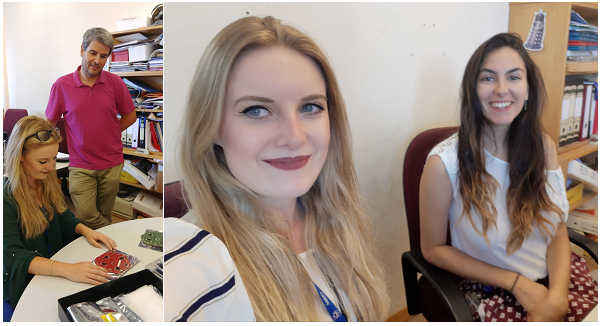This summer, I had the extraordinary opportunity of being a CERN Summer Student. I was ecstatic when my CERN Summer School application had been accepted; I could not wait to contribute to cutting-edge research, attend the world-class Summer Student lectures, visit various CERN sites and meet people from around the world!
For the placement I worked alongside CERN intern Agustina Quesada, supervised by Dave Barney, EP-CMX group leader.
